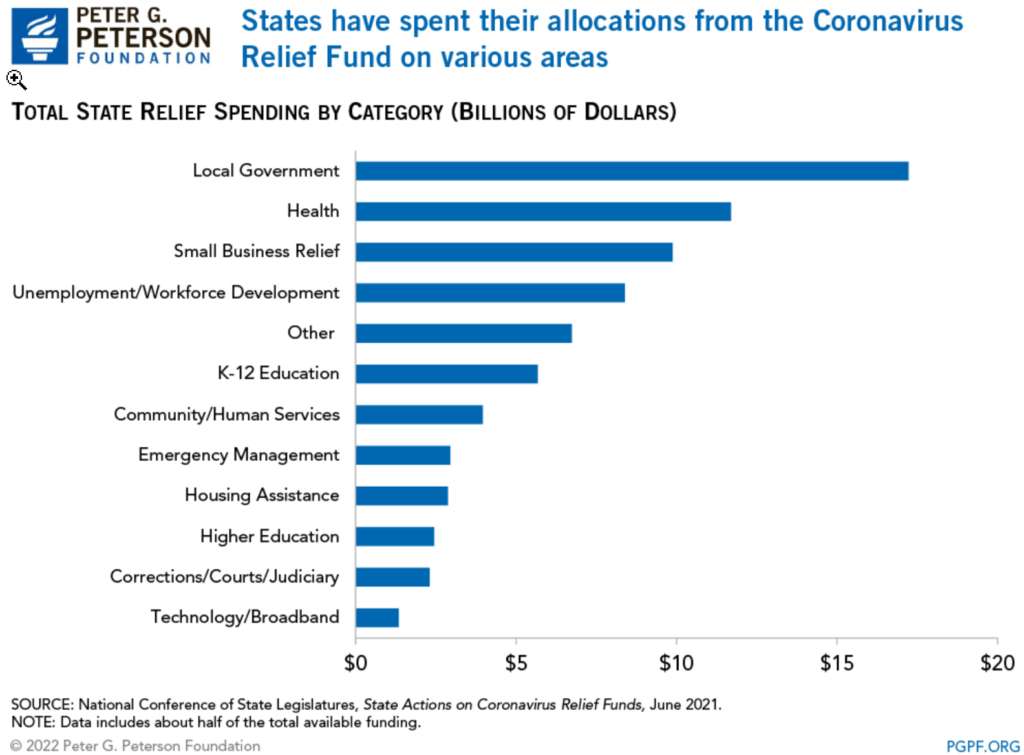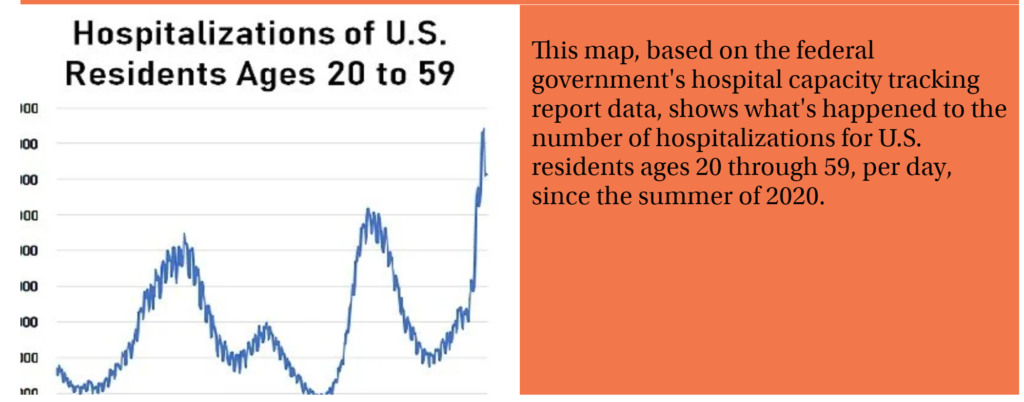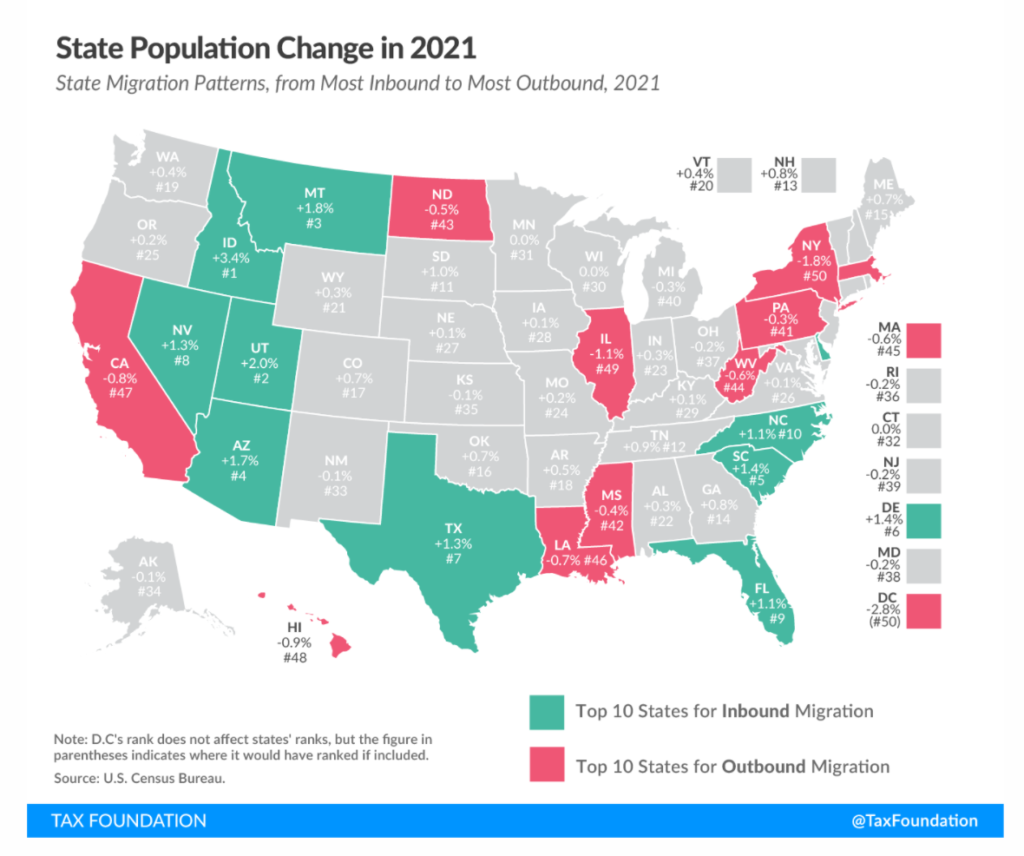Link: https://lizfarmer.substack.com/p/inflation-impact-local-governments
Excerpt:
If inflation pushes up interest rates and accelerates wage growth, that could take some of the pressure off of public pension plan performance. Since the Great Recession, pension plans have been steadily lowering their assumed annual rate of return to better match the low-interest rate environment. Pension plan actuaries factor that rate when in calculating a government’s annual pension bill. Lowering that rate results in a higher bill because governments have to make up the difference.
More stable returns. Rising inflation can result in higher returns from a pension plan’s fixed-income assets. Unlike the volatile equities market, the nice steady investment return from fixed-income securities is much nicer to rely on from a planning perspective. In fact, bonds used to be pensions’ bread and butter until interest rates began falling in the 1990s.
The National Association of State Retirement Administrators’ research director Keith Brainard told me this week that if inflation is sustained, governments could decide to stop lowering their investment return assumptions and some could even start raising them again.
That could result in lower pension bills for governments with healthy plans. Or in the case of struggling plans like Chicago or Kentucky, it could at least slow the pace of their rising pension bills.
Higher worker contributions. What’s more, noted Brainard, accelerated wage growth also means those workers paying into pension plans will be contributing slightly more. “What wages will do when inflation is 2% is a lot different than when it’s 6%,” he said.
Author(s): Liz Farmer
Publication Date: 15 Dec 2021
Publication Site: Long Story Short at substack




